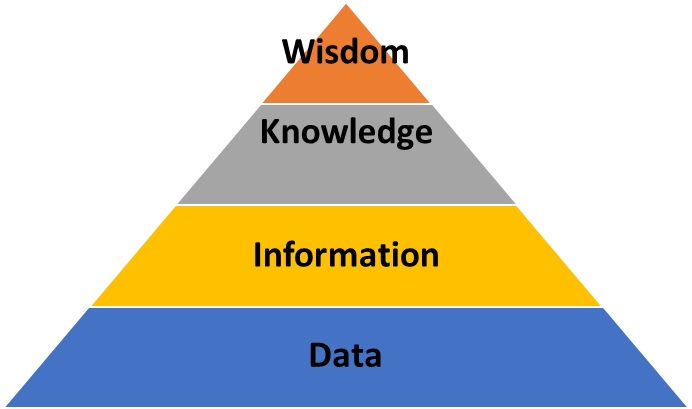NEWS RELEASE JANUARY 2017
IIoT and Thermal Gas Treatment: The Opportunity and the Challenge
The industrial internet of things (IIoT) combined with remote operations and maintenance promise to make the reduction of air pollutants by thermal treatment much more cost effective.
Thermal treatment includes flaring, controlled combustion, catalytic oxidation, regenerative catalytic oxidation and regenerative thermal oxidation. For some applications, there are chemical challenges with a range of toxics to be removed, but the toxics which can be formed in the process need to be considered. Where there are low fuel values such as solvent treatment from textile or printing operations, it is economical to use regenerative oxidizers. This means alternating flow through three large vessels with lots of dampers, valves, and other components which must be optimally controlled.
Another variable is product value. Low value solvents might be used in the morning and they can be combusted but if high value solvents are used in the afternoon they can be recovered. In an oil shale operation, byproduct gas can be flared when gas prices are low and captured when prices rise.
The cost of common sensors to measure temperature, pressure, etc. are shrinking. New instruments such as tunable diode lasers can measure O2 and CO at any point in a combustor. These developments create a $21 billion opportunity for suppliers.
| 2021 Thermal Treatment Market ($ Millions) | ||
|
Application |
Initial System Sale | IIoT and Remote O&M |
| Industrial Thermal Treatment | 3000 | 5000 |
| Oil and Gas Thermal Treatment and Flaring | 5000 | 8000 |
| Total | 8000 | 13,000 |
|
$21 billion total market potential for supplier offering systems and remote O&M |
||
With the new open access platforms and the cloud, it is now possible for operators and their suppliers to view all the relevant information at any location. Furthermore, the impacts on the balance of plant can be constantly included in decision making.
Thermal gas treatment is widely used in the oil and gas industry, refining and chemical processing. A chemical plant may be switching products and the solvents used to make those products on a regular basis. New regulations require oil shale drillers to flare or capture byproduct gas.
The integration of information for the plant operator is only the first step. Remote monitoring will enable remote operations and maintenance. This means that a plant in a developing country can be operated with the same expertise as one in a country steeped in thermal oxidation control experience.
The cost of sensors is falling while the ability to measure critical parameters is expanding. Wireless telemetry makes possible communication of vast amounts of information at low cost. So how does the thermal treatment industry take advantage of this opportunity? The answer lies in climbing the pyramid.
Emerson calls the decision pyramid DIKW. At the bottom, you have data. Next is information, followed by knowledge. At the top is wisdom. Here is how that pyramid can be applied to thermal treatment.

| Means | Parameter | |
| Data | Sensors, Instruments, Wireless Telemetry | Vibration, Temperature, Pressure, VOC, N2O, CO, CO2, etc. |
| Information | Historian, Edge Computing, Permitted Emissions | Burner Damper Setting, Air Volume, Emission Totals |
| Knowledge | Data Analytics – Clean or Regenerate Catalyst, Cost of Solvents, Cost of Natural Gas | Loss of VOC reduction efficiency, increased pressure drop, emission trends. |
| Wisdom | Remote Monitoring, Subject Matter Expertise, Knowledge Systems | Decide when to switch from recovery to combustion. Optimize combustion. |
The market opportunities for IIoT are analyzed in: Industrial IoT and Remote O&M
The thermal oxidation market opportunities are analyzed in: Thermal Catalytic World Air Pollution Control Markets
